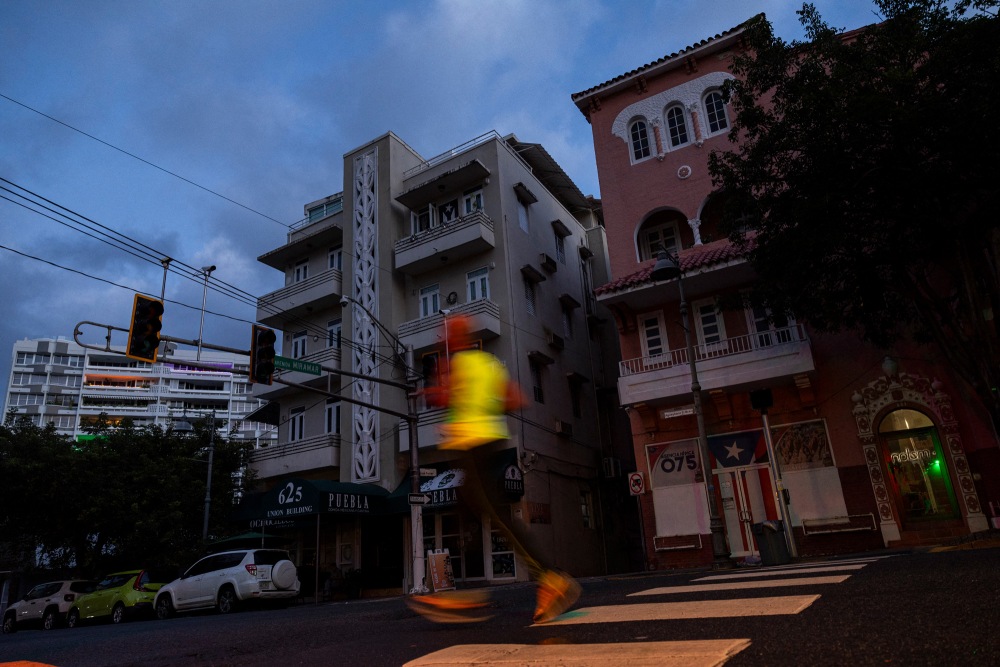 Regulators have long warned that fish in the Hudson are contaminated with a wide array of harmful pollutants, including PCBs and mercury, and consumption recommendations vary depending on species and the particular stretch of river. Anglers are advised not to eat more than one meal per month of striped bass, for example, and Hudson river eels should never be eaten. Fishing piers in New York City are posted with signs saying that women of childbearing age and children under fifteen should not eat any local fish. Commercial fishing, with narrow exceptions, has been banned for decades, though poaching is relatively common. Official contamination levels are hard to come by, especially now that PCB levels in the river are about three times normal due to the dredging. In 2008 the average PCB level in smallmouth bass was 188 parts per million; the average in striped bass was 22 ppm. The maximum allowable exposure level for humans is 2 ppm.
Regulators have long warned that fish in the Hudson are contaminated with a wide array of harmful pollutants, including PCBs and mercury, and consumption recommendations vary depending on species and the particular stretch of river. Anglers are advised not to eat more than one meal per month of striped bass, for example, and Hudson river eels should never be eaten. Fishing piers in New York City are posted with signs saying that women of childbearing age and children under fifteen should not eat any local fish. Commercial fishing, with narrow exceptions, has been banned for decades, though poaching is relatively common. Official contamination levels are hard to come by, especially now that PCB levels in the river are about three times normal due to the dredging. In 2008 the average PCB level in smallmouth bass was 188 parts per million; the average in striped bass was 22 ppm. The maximum allowable exposure level for humans is 2 ppm.
In other words, even given the EPA's assumptions, it is hard to justify the dredging. Furthermore, because of GE's resistance to any action save source control, the government made the novel concession of splitting the dredging into two phases, the second of which GE has the right to reject should the first phase be deemed ineffective, leaving a bankrupt Superfund to complete the remaining 90 percent of the work while suing for treble damages.





 The island of Puerto Rico is suffering another island-wide power outage, just months after a dayslong...
The island of Puerto Rico is suffering another island-wide power outage, just months after a dayslong... A large sponge, a cluster of anemones, and other life is seen nearly 230 meters deep...
A large sponge, a cluster of anemones, and other life is seen nearly 230 meters deep... Letters went out to hundreds of workers at the National Oceanic and Atmospheric Administration (Noaa) on...
Letters went out to hundreds of workers at the National Oceanic and Atmospheric Administration (Noaa) on... Another round of torrential rain and flash flooding came Saturday for parts of the South and...
Another round of torrential rain and flash flooding came Saturday for parts of the South and...






























